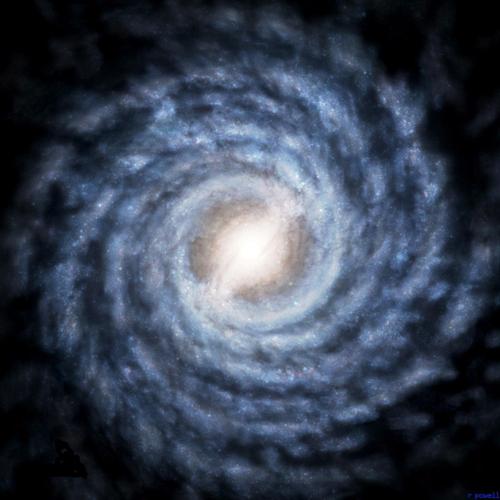
Credit: Richard Powell, source: atlasoftheuniverse.com
Having the interstellar travel technology, we will jump from star to star until the whole galaxy will be colonized. It might take a few millions years since our galaxy is about 100 000 light years in diameter, 1000 light years thick and contains from 200 to 400 billion stars, but it will surely be done one day.

360-degree photographic panorama of the Milky Way. Credit: Digital Sky LLC.
Below you can see a picture from “The Millennial Project”, a book by Marshall T. Savage. It is a symbolical image of the Milky Way galaxy with life spread in every single star system. The green color is a symbol of life.
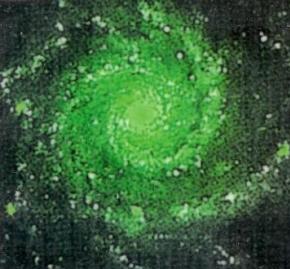
Credit: Marshall T. Savage, source: “The Millennial Project”
When we will have colonized the whole galaxy, we will continue on to the Galactic Halo. It is a roughly spherical component of a galaxy, which extends beyond its main, visible part. It is sparsely populated by stars. Planets orbiting these stars surely have a magnificent view on the main body of the Milky Way.
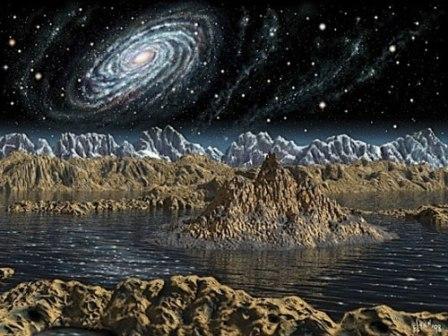
Lake of stars, credit: © 1998 Marilynn Flynn, source: tharsisartworks.com
Then we will reach the two galactical satellites of the Milky Way, the Large and the Small Magellanic Clouds, with a distance of about 180 000 light-years. And then after crossing the immense intergalactic gulf we will reach other galaxies. And thus we will continue, on and on, until the end of times…
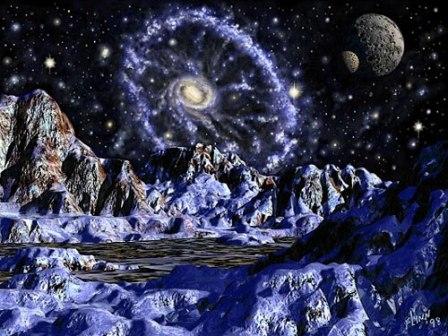
The Cartwheel galaxy
Credit: © 1998 Marilynn Flynn, source: tharsisartworks.com
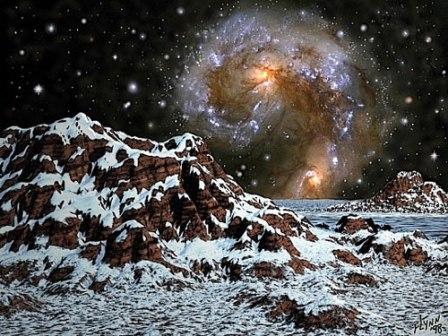
Galactic maelstrom
Credit: © 1998 Marilynn Flynn, source: tharsisartworks.com
 Pinwheel paradise
Pinwheel paradise
Credit: © 1998 Marilynn Flynn, source: tharsisartworks.com
We have a great future in front of us. A future potentially as big as the Universe itself. Unless we destroy ourselves, all these dreams will come true…
